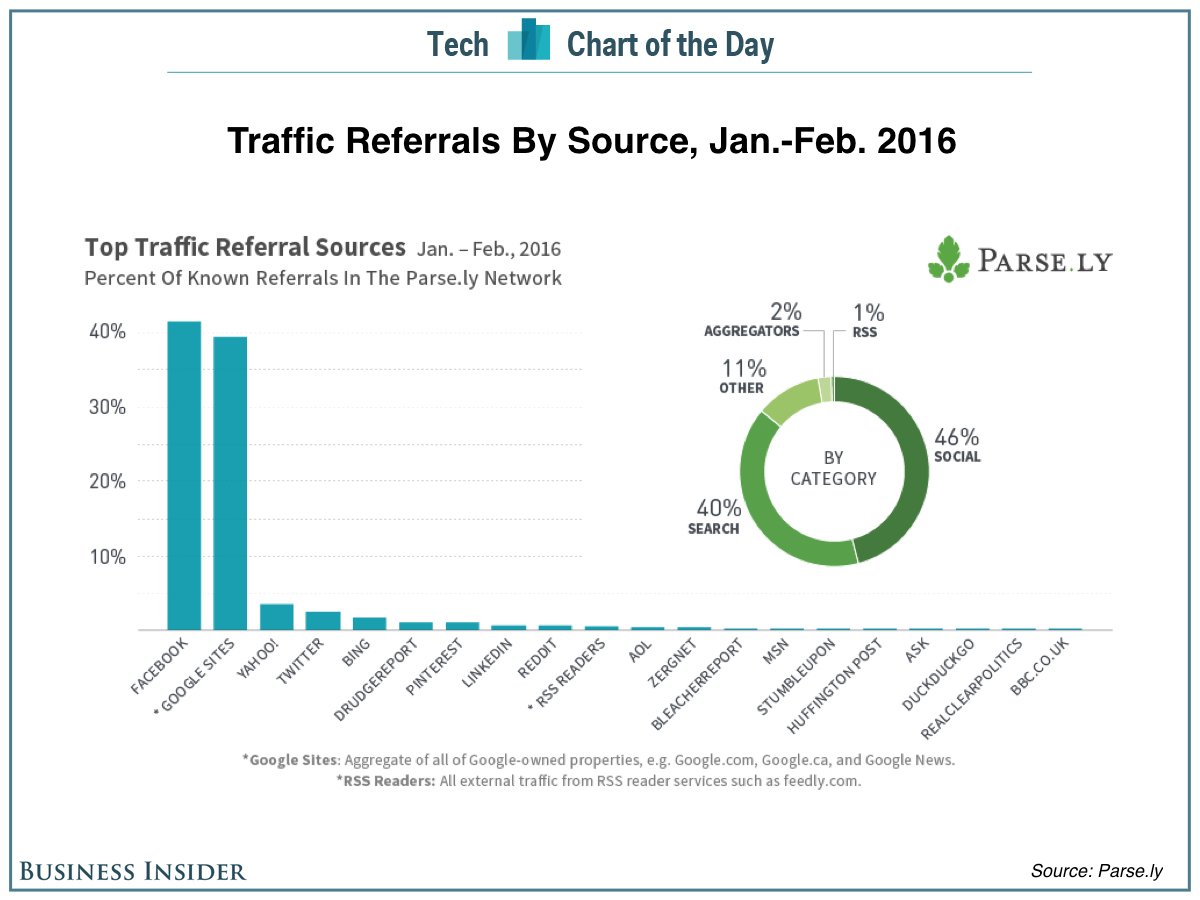One in four UK journalists believe it is “justified” to publish unverified information, according to new research from the Reuters Institute for the Study of Journalism.
The survey of 700 working journalists, titled Journalists In The UK, showed that while 75 per cent of respondents believe publishing unverified information is “never justified under any circumstances”, 24 per cent said the practice was “justified on occasion” and one per cent said it was “always justified”.

LONDON — Many supporters of the BBC felt relieved Thursday when the UK government presented its “White Paper” on overhauling the organisation — the reforms didn’t go as far as some had feared.
The Washington Post and The New York Times, initially not invited to participate in the worldwide Panama Papers investigation, have now signed collaboration agreements with the International Consortium of Investigative Journalists leading the project.
How the BBC used Yik Yak to get young people to talk politics and mental health
People read the news on their smartphones (duh). They will even read longform (to a certain extent). But do these smartphone users prefer getting their news from apps or news sites? What are their news-reading behaviors within different apps? And what else do we know about these news readers?
Die Welt’s analytics system de-emphasizes clicks and demystifies what it considers a “quality” story
German daily Die Welt’s internal grading system for its online articles sounds a little nerve-wracking. All published pieces are assigned a single score made up of five components and ranked; then a top 10 list is emailed out to the entire newsroom each morning, with some comments from an editor. But editors argue this isn’t some dystopian reduction of complex journalism into a single number. They say it’s about making totally transparent what the newsroom values in what it publishes online — not just clicks but also engagement time, not just views on the site but also how well a story travels on social media.
Editor’s note: There are a lot of great stories to read in the newest issue of our sister publication Nieman Reports. In this piece, Tatiana Walk-Morris writes about how fact-checking is going real-time.
In awarding its Lie of the Year title to Donald Trump last December, the staff at PolitiFact had a lot of material from which to choose.
Breaking news events are chaotic. Early facts are unclear, reports from witnesses may differ and it can take time to get to the truth.
But journalists and news organisations are the public’s guiding hand in these situations and, when so much information now emerges on social media, newsrooms need to be well-drilled and ready to act.
The first thing you notice while watching “6×9,” The Guardian’s first VR project, is how spooky solitary confinement is. The virtual segregation cell The Guardian created isn’t a photorealistic depiction of a real space, but it does convey a real sense of the dread, fear, and isolation felt by the 80,000 people subjected to solitary confinement in the United States alone.

The theory goes something like this: As more people spend more time reading news on smartphones, those on-the-go consumers want short, “snackable” content.
With the amount of fake images, videos and hoax stories circulating on the web and social media, knowing the tools and techniques to verify such information has become a vital part of a journalist’s job.
There are no quick wins though. At this year’s International Journalism Festival, BuzzFeed Canada editor and founder of Emergent.info Craig Silverman and Josh Stearns, founder of Verification Junkie and director of journalism and sustainability at the Geraldine R Dodge Foundation shared their advice.
Social media has fundamentally changed how journalists and news organisations find stories and reach their audience. Imagery shared on Twitter, Instagram and YouTube, to name a few, now form the core ofmany stories and news events. Journalists provide the all-important context, but eyewitnesses are crucial.
Facebook has been rolling out the ability for users to livestream directly from the network’s app for a few months now, and this week the biggest social network in the world unveiled an interactive map for users to find and view live broadcasts.
Discover more from Erkan's Field Diary
Subscribe to get the latest posts sent to your email.

